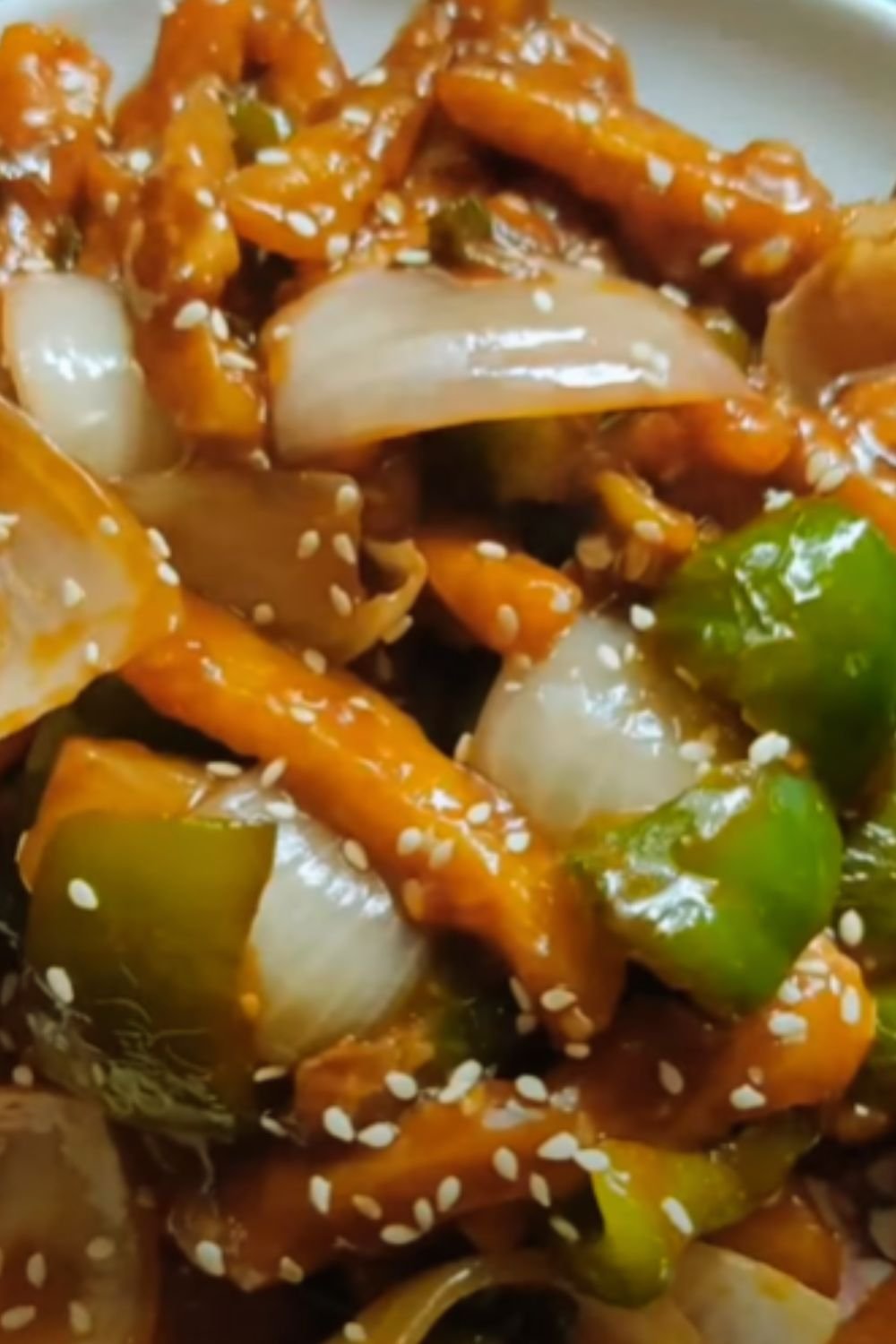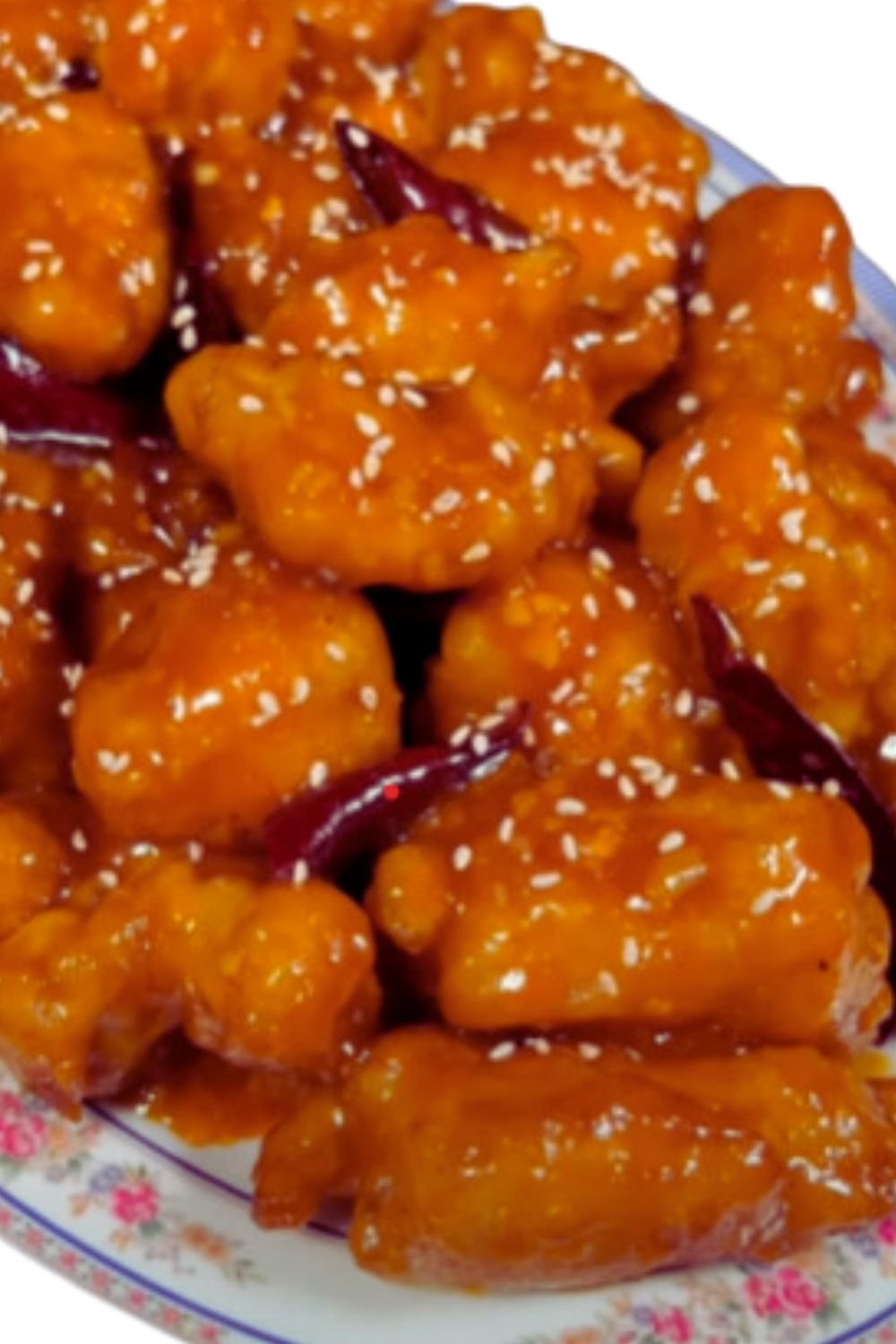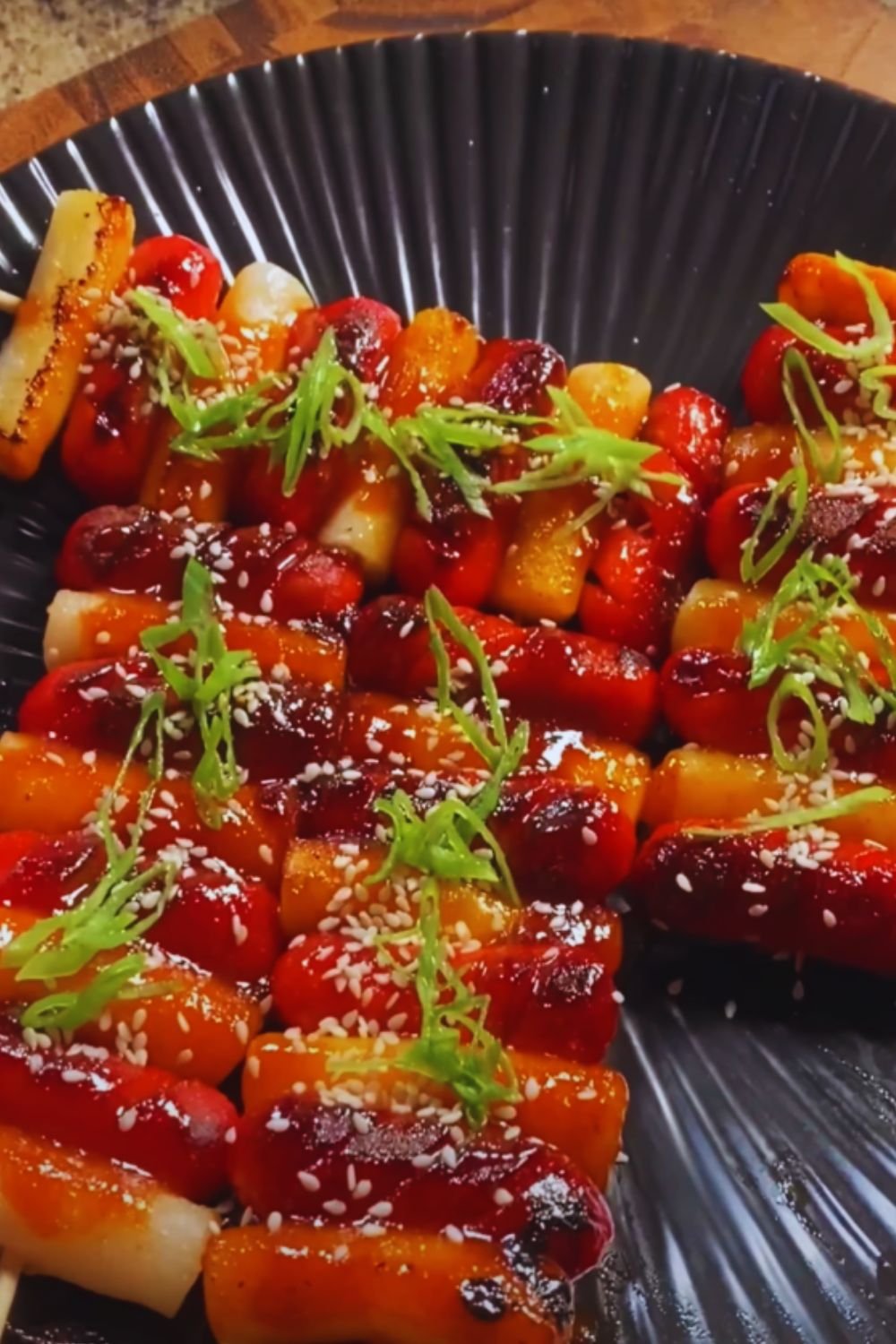Have you ever wondered what would happen if you combined the comfort of potatoes with the versatility of pasta? Well, I’m excited to share my favorite recipe for homemade potato noodles. These delectable strands of potato-based pasta have become a staple in my kitchen, and I’m confident they’ll find a special place in yours too.
What Makes Potato Noodles Special?
Unlike traditional wheat pasta, potato noodles offer a unique texture and subtle earthy flavor that pairs beautifully with both light and hearty sauces. I’ve spent countless hours perfecting this recipe, and I’m thrilled to share my secrets for achieving the perfect potato noodle consistency every time.
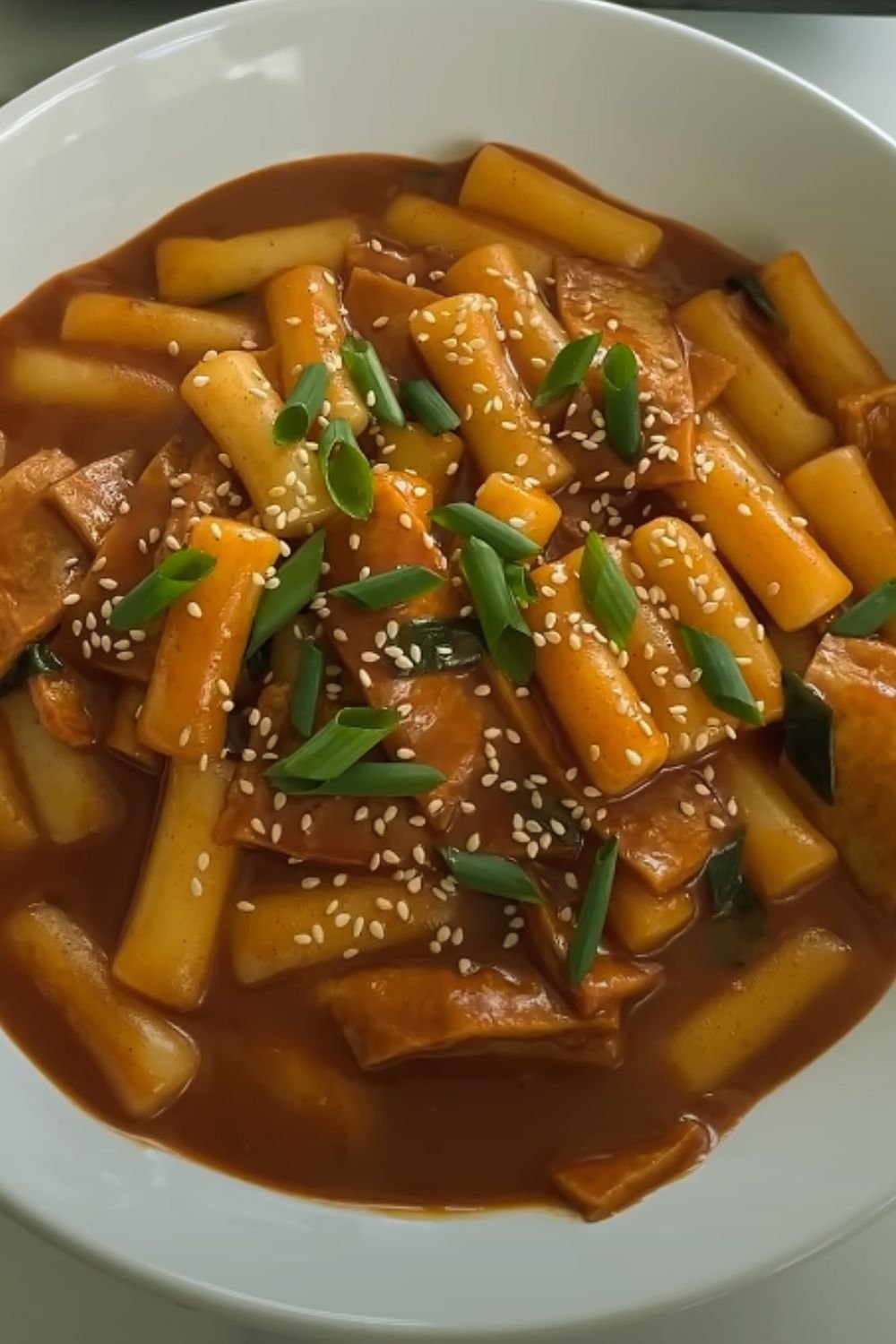
Essential Ingredients
| Ingredient | Amount | Notes |
|---|---|---|
| Russet potatoes | 2 pounds | Must be starchy variety |
| All-purpose flour | 2 cups | Plus extra for dusting |
| Eggs | 2 large | Room temperature |
| Salt | 1 teaspoon | Fine sea salt preferred |
| Olive oil | 1 tablespoon | Extra virgin |
| Potato starch | 1/4 cup | For coating |
Kitchen Equipment Needed
| Equipment | Purpose | Alternative |
|---|---|---|
| Potato ricer | Creating smooth potato base | Food mill |
| Rolling pin | Forming noodles | Pasta machine |
| Large pot | Boiling noodles | Deep saucepan |
| Spider strainer | Removing noodles | Slotted spoon |
| Clean kitchen towels | Drying potatoes | Paper towels |
| Sharp knife | Cutting noodles | Pizza cutter |
The Perfect Potato Selection
I’ve learned through trial and error that not all potatoes are created equal when it comes to making noodles. Russet potatoes are my go-to choice because:
- They have high starch content
- Create a drier dough
- Produce tender noodles
- Hold their shape well
- Absorb sauces beautifully
Step-by-Step Instructions
- Preparation Phase:
- Wash and peel potatoes
- Cut into uniform 2-inch chunks
- Place in cold water until ready to cook
- Cooking the Potatoes:
- Add potato chunks to cold, salted water
- Bring to a gentle boil
- Cook for 15-20 minutes until tender
- Drain thoroughly and let steam dry for 5 minutes
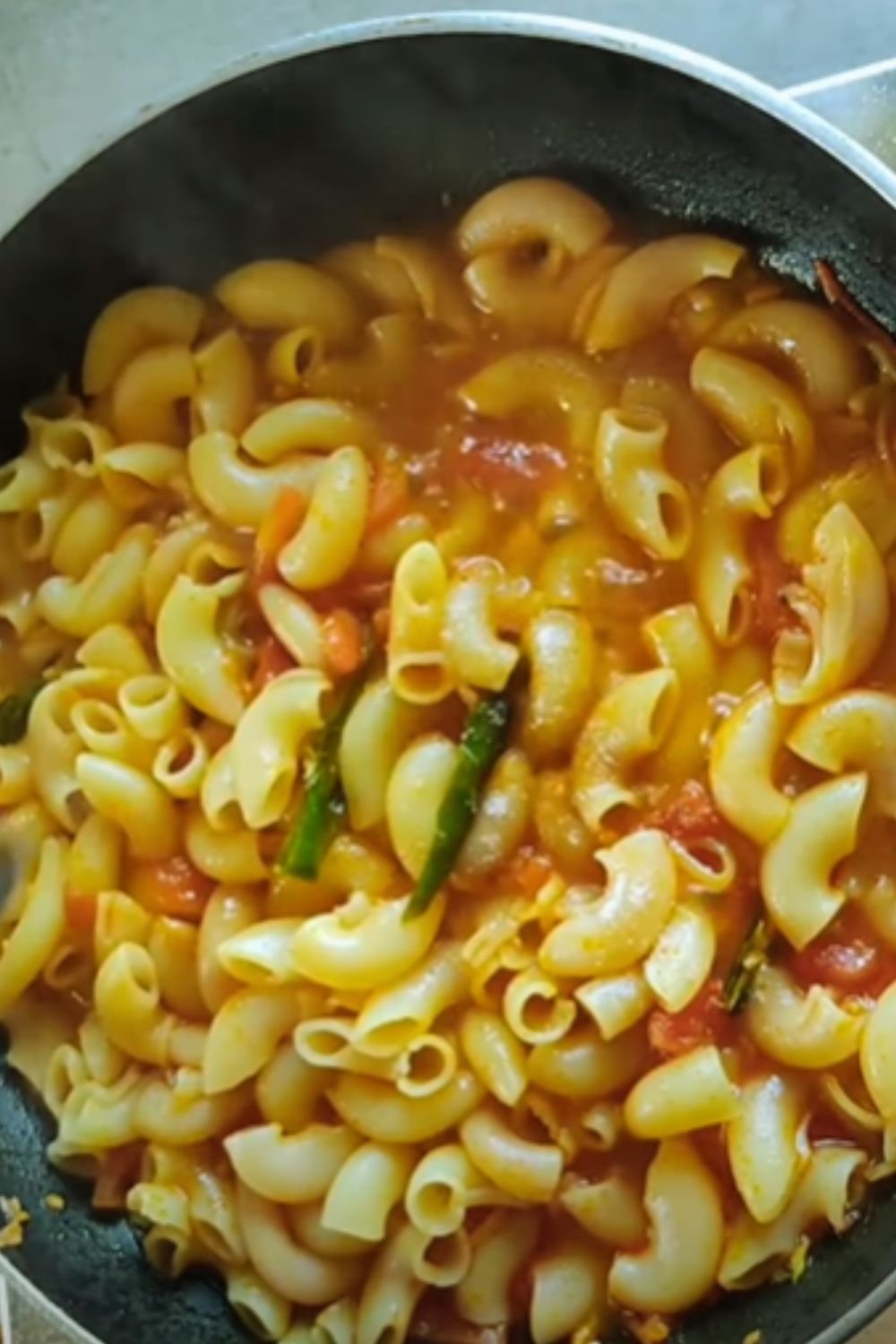
- Creating the Dough:
- Rice the potatoes while still hot
- Spread on a clean surface to cool slightly
- Make a well in the center
- Add eggs, salt, and olive oil
- Gradually incorporate flour
- Knead until smooth (about 8-10 minutes)
- Forming the Noodles:
- Divide dough into 4 portions
- Roll each portion to 1/8-inch thickness
- Dust with potato starch
- Cut into desired width
- Let rest on floured surface
Cooking Perfect Potato Noodles
| Step | Time | Temperature | Tips |
|---|---|---|---|
| Bringing water to boil | 8-10 mins | High heat | Use plenty of salt |
| Adding noodles | 30 seconds | Reduced to medium-high | Don’t overcrowd |
| Cooking time | 3-4 mins | Medium-high | Test for doneness |
| Resting in sauce | 1-2 mins | Low heat | Allows absorption |
Storage and Make-Ahead Tips
Fresh potato noodles can be:
- Refrigerated for up to 2 days
- Frozen for up to 3 months
- Dried for up to 2 weeks
Storage Table:
| Storage Method | Temperature | Duration | Container Type |
|---|---|---|---|
| Refrigeration | 34-40°F | 2 days | Airtight container |
| Freezer | 0°F | 3 months | Freezer bag |
| Dried | Room temp | 2 weeks | Paper bag |
Serving Suggestions
I love serving these noodles with:
- Brown butter and sage sauce
- Creamy mushroom sauce
- Light tomato basil sauce
- Roasted garlic and olive oil
- Pesto and pine nuts
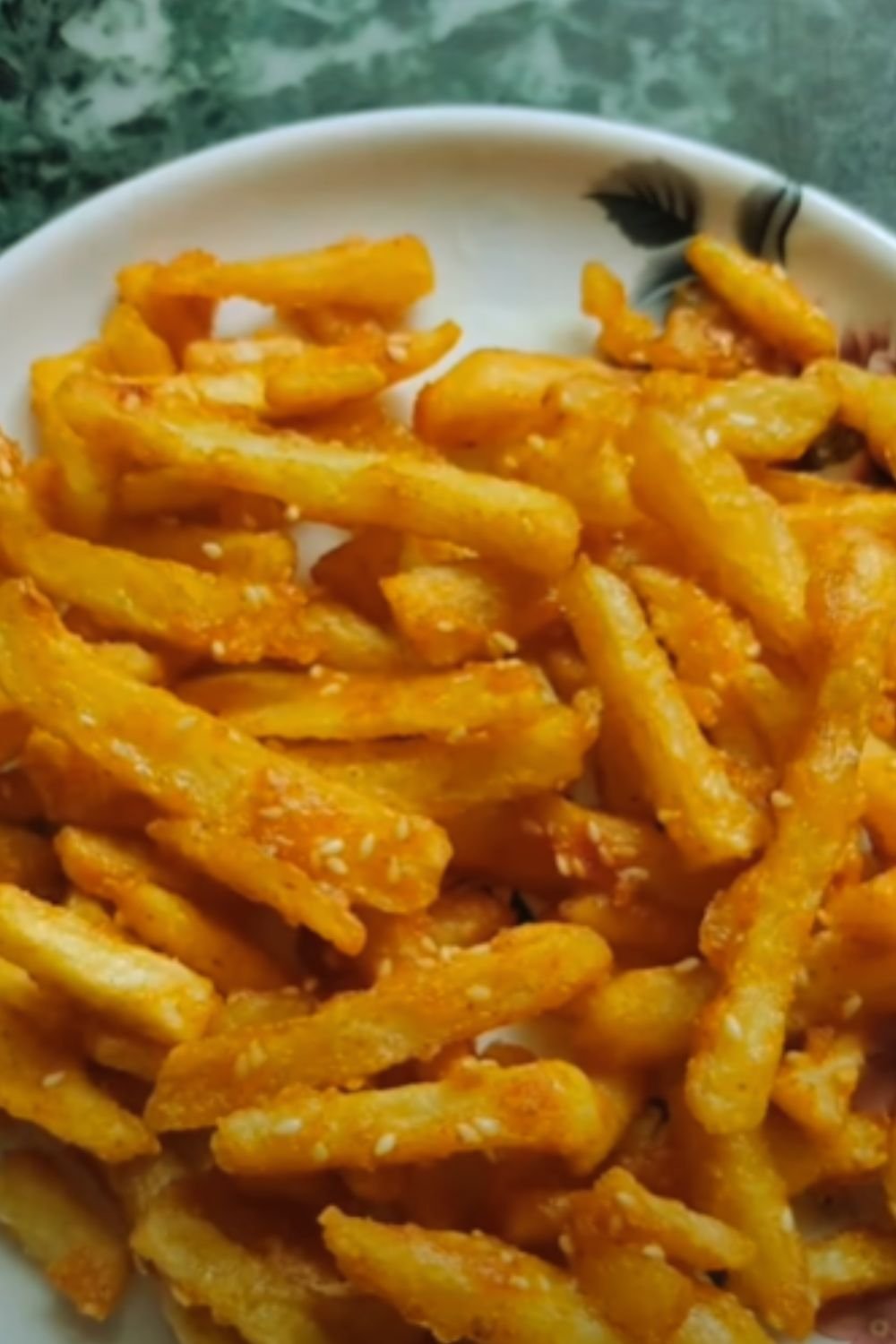
Troubleshooting Common Issues
| Problem | Cause | Solution |
|---|---|---|
| Sticky dough | Too much moisture | Add more flour gradually |
| Tough noodles | Overworked dough | Rest dough longer |
| Breaking noodles | Too thin | Roll slightly thicker |
| Gummy texture | Undercooked potatoes | Ensure potatoes are fully cooked |
Nutritional Information
(Per 1 cup serving)
| Nutrient | Amount | % Daily Value |
|---|---|---|
| Calories | 220 | – |
| Carbohydrates | 42g | 14% |
| Protein | 6g | 12% |
| Fiber | 3g | 12% |
| Iron | 2mg | 11% |
| Potassium | 420mg | 12% |
Questions & Answers
Q: Can I make these noodles gluten-free?
A: Yes! Replace all-purpose flour with a gluten-free flour blend and add 1 teaspoon of xanthan gum for better texture.
Q: Why did my noodles turn gray?
A: This typically happens when the potatoes oxidize. Work quickly and keep the dough covered when not in use to prevent discoloration.
Q: Can I use leftover mashed potatoes?
A: I don’t recommend it. Fresh, riced potatoes provide the best texture and ensure consistent results.
Q: How do I prevent the noodles from sticking together?
A: Dust generously with potato starch and don’t stack them. Keep them in a single layer until cooking.
Q: Can I dry these noodles for later use?
A: Absolutely! Hang them on a pasta drying rack or lay them flat on a floured surface for 24 hours until completely dry.
Pro Tips from My Kitchen
- Temperature Matters:
- Use hot riced potatoes for better dough formation
- Keep eggs at room temperature
- Work in a cool room to prevent dough stickiness
- Texture Testing:
- Dough should be firm but pliable
- Surface should be smooth, not tacky
- Should roll without sticking
- Cooking Perfection:
- Always test one noodle first
- Salt water until it tastes like sea water
- Never add oil to cooking water
- Quality Control:
- Cut sample noodle to check interior
- Look for uniform color
- Check for proper dough hydration
Remember, practice makes perfect with potato noodles. Don’t be discouraged if your first batch isn’t restaurant-quality – mine certainly wasn’t! With each attempt, you’ll develop a better feel for the dough and create increasingly delicious noodles that your family and friends will love.

